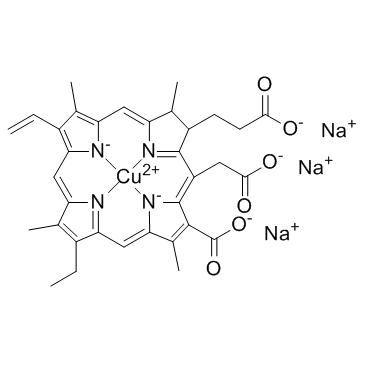| 结构式 | 名称/CAS号 | 全部文献 |
|---|---|---|
 |
叶绿素铜钠盐
CAS:11006-34-1 |
|
 |
二苯并(A,L)芘
CAS:191-30-0 |
| 结构式 | 名称/CAS号 | 全部文献 |
|---|---|---|
 |
叶绿素铜钠盐
CAS:11006-34-1 |
|
 |
二苯并(A,L)芘
CAS:191-30-0 |